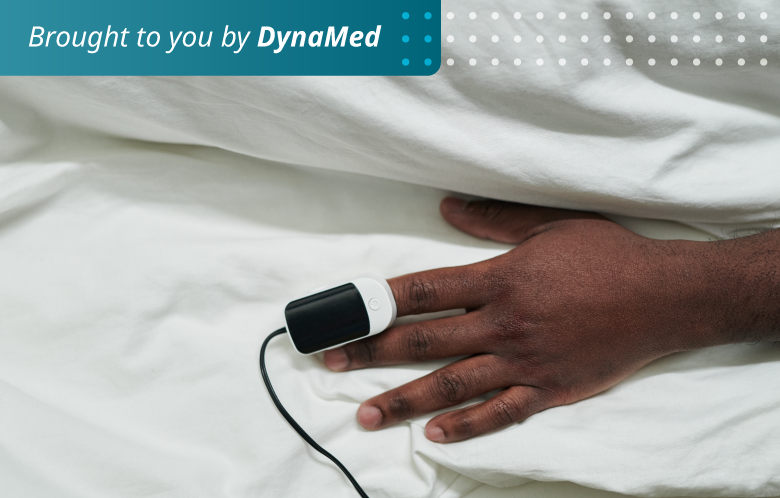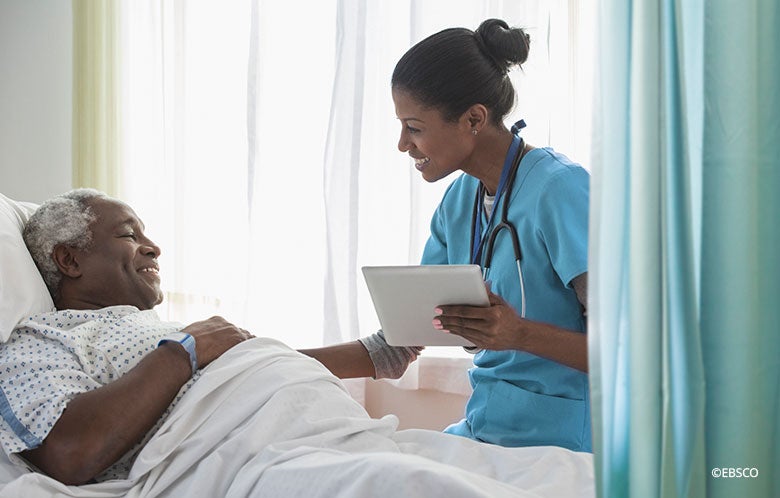Pulse oximetry is a noninvasive spectrophotometric method of measuring arterial oxygen saturation (SaO2), and it is used for monitoring oxygen in the blood in a wide variety of clinical settings. While SaO2 can be directly measured using blood gas analysis, many times it is unnecessary, painful, and costly. Pulse oximetry is a quick, pain-free, and cost-effective method to approximate SaO2 in the clinic (referred to as SpO2), but pulse oximetry has limitations.
Occult hypoxemia (also called silent hypoxemia and hidden hypoxemia) is an underestimation of hypoxemia due to a discrepancy between pulse oximetry measurements and actual arterial oxygen saturation. It may have various causes, such as oximetry inaccuracy in patients with melanin-rich or deeper skin tones due to differences in light absorption. In the literature, occult hypoxemia is commonly defined as an SaO2 measurement of less than 88 percent, but an SpO2 measurement of 92-96 percent.
The effects of race on SpO2 measurements have been called into question for decades, and more recent studies with larger cohorts of patients continue to describe the same issue: pulse oximetry may overestimate SpO2 in people of color, particularly Black, Asian, and Hispanic patients.
A 2022 study from Fawzy et al. investigated racial differences in SpO2 measurements in patients self-identified as Black (39.3%), White (37.8%), Hispanic (17.7%), and Asian (5.2%). These patients were hospitalized for COVID-19 between March 2020 and November 2021. Compared to White patients, SpO2 overestimated SaO2 by 1.7 percent among Asian patients, 1.2 percent among Black patients, and 1.1 percent among non-Black Hispanic patients.
More recently, a 2023 study from Ruppel et al. added to this growing body of evidence that race plays a crucial part in SpO2 measurements. In their study, 774 children and adolescents self-identifying as White (74%) or Black/African American (26%) were assessed. This study measured SpO2 within one minute of SaO2. They reported an adjusted bias (defined as the difference between SpO2 and SaO2) of overall SpO2 of 2.61 for Black/African American patients vs. 0.88 for White patients (difference 1.73; 95% CI 1.24-2.22), with similar results for specific SpO2 parameters of at least 92 percent, between 84-91 percent, and lower than 84 percent.
Overestimation of SaO2 using pulse oximetry may have notable clinical implications if patients are not appropriately treated for hypoxemia. One example has been elucidated during the COVID-19 pandemic. First, SpO2 is commonly used to triage patients for proper respiratory support. Secondly, clinical practice recommendations for corticosteroid and immunomodulatory therapy are based on the severity of disease, which includes the level of respiratory support needed. So, patients with occult hypoxemia may not only receive insufficient respiratory support, but they may also not get appropriate medical therapy. In the study by Fawzy et al, 23.7 percent of patients were not recognized as being eligible for a COVID-19 therapy due to hidden hypoxemia, of which 54.8 percent were Black. Of the 76.3 percent who eventually had eligibility recognition, Black patients had a one-hour delay in therapy compared to White patients.
The implications of this growing body of evidence extend far beyond the COVID-19 pandemic. While it is impractical to obtain blood gas SaO2 measurements on every hospitalized patient, inaccurate pulse oximetry readings could greatly affect the care and wellbeing of people of color. Future studies are needed to evaluate the exact effects that melanin levels in the skin may have on these readings, but for now, thoughtful clinical work is needed to avoid underserving these patients.



